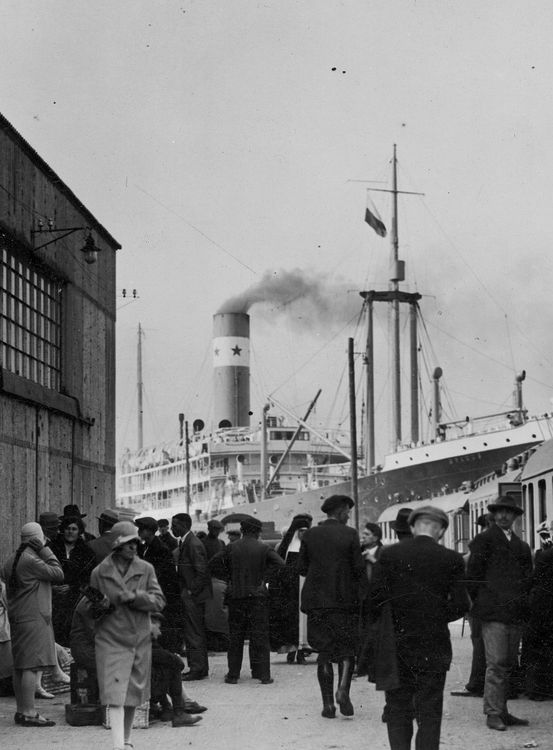“Factory Children” and “Union Fathers”: Gender and Kin in the Berec Strike
In the winter of 1964, hundreds of workers at the Berec Battery Factory in Istanbul walked off the job. Most of them were young women, many from rural Turkey or the Balkans, who had migrated to the city in search of work. Over the next forty-one days, these women became the central actors in one of Turkey’s most memorable strikes of the 1960s, which was organized by the Petroleum, Chemical, and Rubber Industry Workers’ Union of Turkey (Petrol-İş). Büşra Satı, who researched the strike, has underlined that this collective action not only secured better wages and additional allowances for workers; it also revealed the complex ways work, family, and gender were intertwined.
Berec was located in Gaziosmanpaşa, a rapidly growing squatter district of Istanbul built by new migrants. The factory mainly employed women, which was unusual for the chemical industry at the time. While official statistics underestimated women's labour participation, many women in areas like Gaziosmanpaşa were earning wages to support their households, though often at the cost of social stigma.
Unionization efforts at Berec began in early 1964. When negotiations with management failed, workers voted overwhelmingly to strike – 813 out of 823 votes were in favour of striking. On 7 December, the factory gates were locked, and the picket line was formed. From the start, the strike became more than a workplace dispute. Petrol-İş supported the strikers with food packages, stipends, and morale-boosting events, including theatre trips and folk dance performances. One worker, Münevver Kaya, said:
We are always in debt. Our stomach was filled properly for the first time after the food aid provided by the union last week. We went to the theatre – it was the first time for most of us. The play was about our lives.
Marriage and family life became visible parts of the strike. Seven couples married during the protest. The union stepped in to mediate with families, organize ceremonies, and even stand as witnesses. The newlyweds returned to the picket line after their weddings, symbolically merging personal life with political action. Union leader Ziya Hepbir promised to cover marriage costs and young couples’ domestic expenses, such as furniture or household appliances. These gestures cemented the image of the union as a kind of extended family, and the workers affectionately referred to Hepbir as “our father”.
The image of the union as a protective and caring institution was particularly important for the young women strikers, who were often viewed suspiciously by society for working outside the home. Kin-like relations between workers and union leaders gave them the feeling of legitimacy and support. One woman, Hanife Akarsu, a migrant from Yugoslavia and a single mother of six, was struck by a company vehicle during the strike. “Who would look after my children if I died?” she asked. “Well, I am sure our leader Ziya Hepbir and others would”.
Despite the festive and communal aspects of the strike, the grievances were serious. Many women reported health problems caused by poor working conditions. Managers forced pregnant women to do physically strenuous tasks while pregnant to provoke miscarriages, which then enabled the company to avoid maternity leave obligations. A worker by the name of Hayrettin İçli, who worked near a furnace, reported:
The furnace gets very hot, making you sweat like a sausage. One day I got cold when I went outside. I have second-degree tuberculosis. . . . I know I should eat meat. Believe me, none of us are able to eat 250 grams of meat a month.
The strike ended on 15 January 1965, with a collective agreement that improved wages and added benefits such as child allowances and maternity bonuses. The return to work was celebrated with a communal Ramadan meal organized by the factory’s management, who echoed the language of kinship: “you all are our children who were absent from the factory for forty-one days”.
The Berec strike was not just about economic demands. It was also a moment when working-class women stepped into public view, made demands, and redefined their relationships with labour, family, and society. As they cheered their union president with chants of “long live our father”, they marked both the personal and political dimensions of their fight – a fight not just for fair wages but for recognition, dignity, and a place in the fabric of Turkish working life.
Read more here


